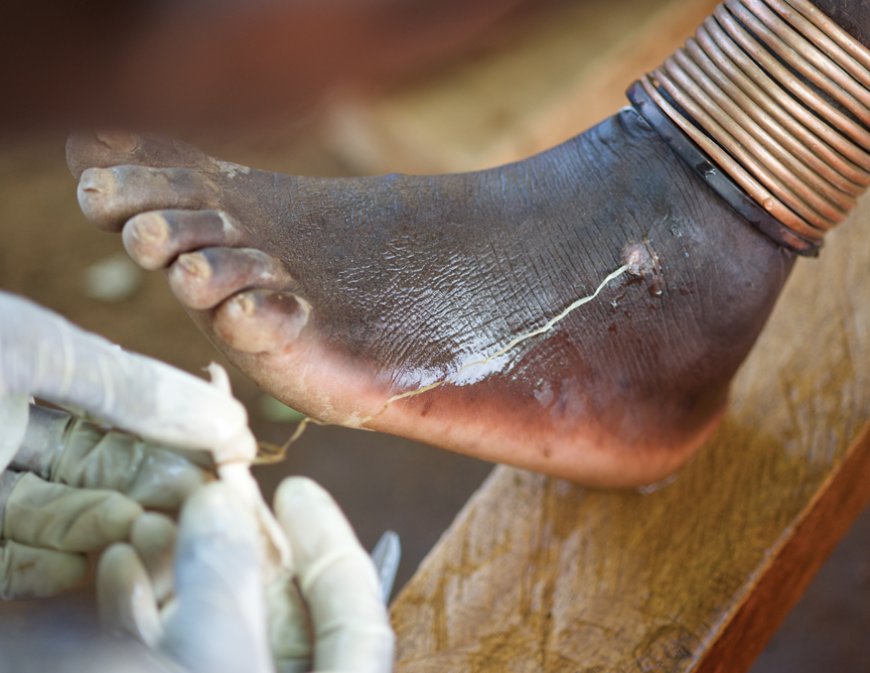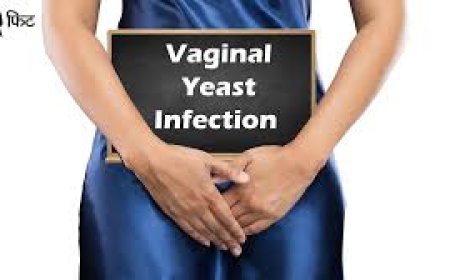Guinea Worm Infection

Introduction :
In this article, we'll explore Guinea Worm Infection, a disease that once affected people in India but is now on the verge of elimination. We'll discuss what Guinea Worm Infection is, its classification, causes, risk factors, types, diagnostic tests, treatments, complications, and prevention techniques, all explained in simple language for our 10-year-old readers.
What Is Guinea Worm Infection? :
Guinea Worm Infection is a disease caused by a tiny worm called Dracunculus medinensis. These worms like to live in stagnant water sources and can enter our bodies when we drink contaminated water.
How Is Guinea Worm Infection Classified? :
Guinea Worm Infection is a parasitic disease, which means it's caused by a tiny organism that lives inside us and depends on us to survive.
Sign and Symptoms:
If we have Guinea Worm Infection, we might notice:
- Blister Formation: A painful blister might form on our skin, usually on our legs or feet.
- Worm Emergence: After some time, a long, thin worm might come out of the blister, causing a burning sensation.
Causes and Triggers:
Guinea Worm Infection is caused by drinking water that contains tiny water fleas infected with Guinea Worm larvae. When we drink this contaminated water, the larvae grow inside our bodies and develop into adult worms.
Risk Factors with Examples:
Some things can make us more likely to get Guinea Worm Infection, like:
- Drinking Contaminated Water: If we drink water from ponds or wells where Guinea Worms are present, we may become infected.
- Not Filtering Water: If we don't filter our drinking water properly, we might swallow Guinea Worm larvae.
Types of Guinea Worm Infection with Detailing for Each Type:
There is only one type of Guinea Worm Infection caused by the Dracunculus medinensis worm.
Diagnostic Tests and Their Use:
The diagnosis of Guinea Worm Infection is usually based on the appearance of the blister and the worm emerging from it. Healthcare workers can easily identify the worm and provide appropriate treatment.
Treatments:
There is no specific medicine to treat Guinea Worm Infection, but healthcare workers can help the worm come out safely by using a simple technique called "wound immersion." They carefully wrap the worm around a small stick, a little bit each day, until the entire worm is out of the skin.
Complications of Guinea Worm Infection:
If not treated properly, Guinea Worm Infection can cause painful complications, infections, and difficulties in walking.
Prevention Techniques:
We can prevent Guinea Worm Infection with these simple techniques:
- Filtering Water: Always filter our drinking water to remove Guinea Worm larvae.
- Avoiding Contaminated Water: Do not drink water from ponds or wells that may be contaminated with Guinea Worms.
- Health Education: Learn about the importance of clean drinking water and practice good hygiene.
India is making great progress in eliminating Guinea Worm Infection, and with continued efforts and awareness, we can soon celebrate a Guinea Worm-free India. Remember, staying safe and informed is the key to a healthier and happier nation!
What's Your Reaction?
 Like
0
Like
0
 Dislike
0
Dislike
0
 Love
0
Love
0
 Funny
0
Funny
0
 Angry
0
Angry
0
 Sad
0
Sad
0
 Wow
0
Wow
0









































































